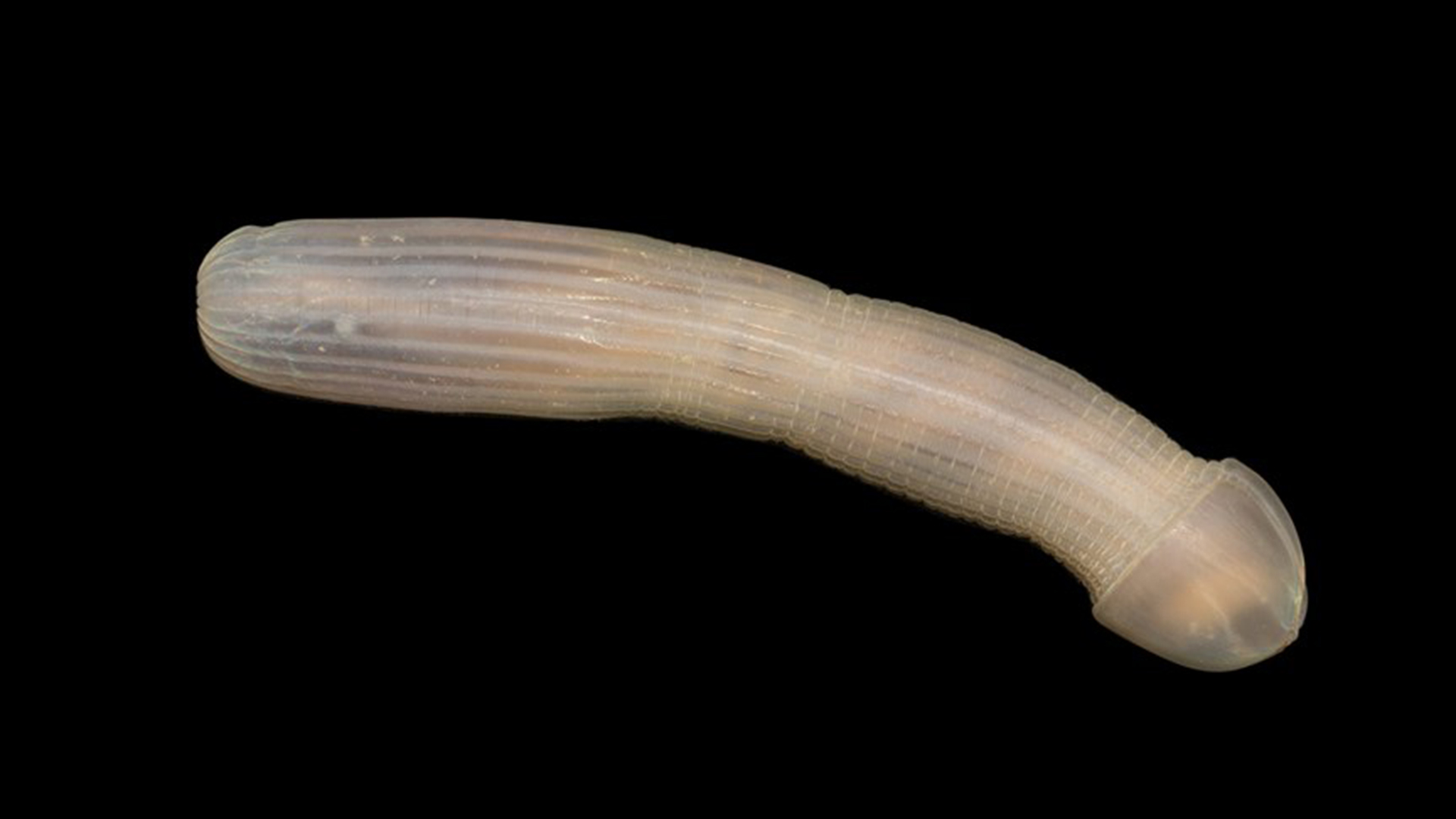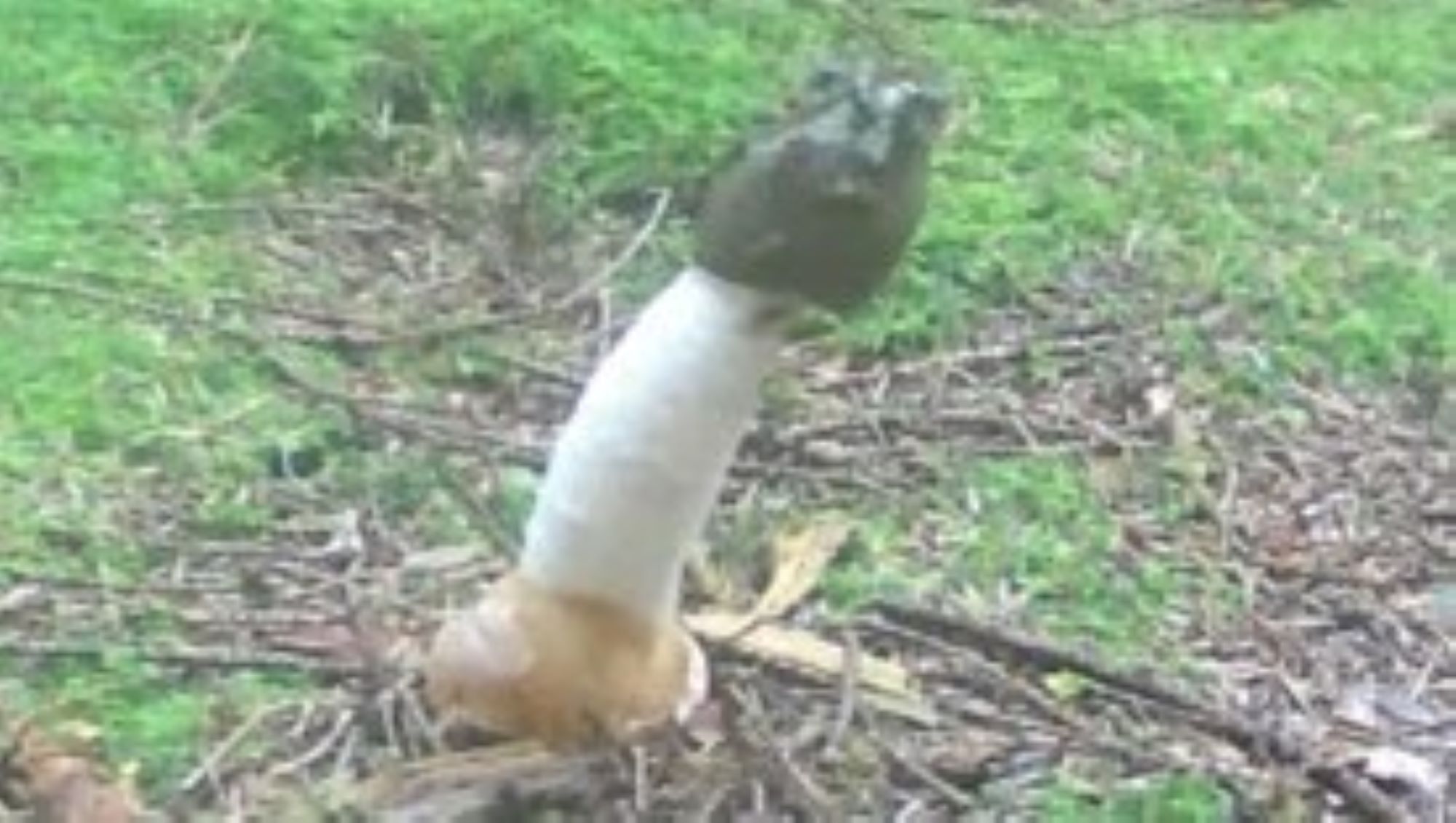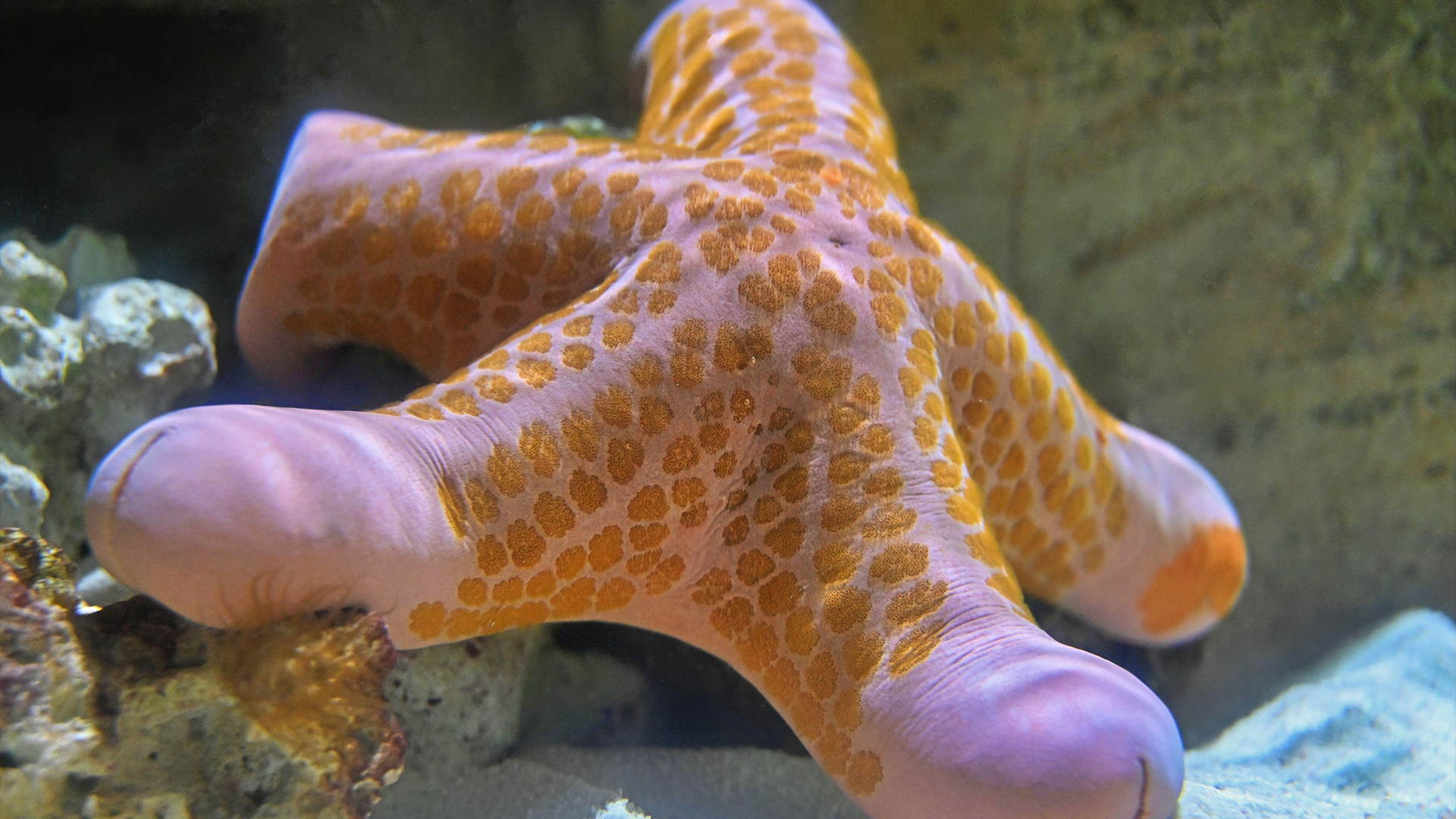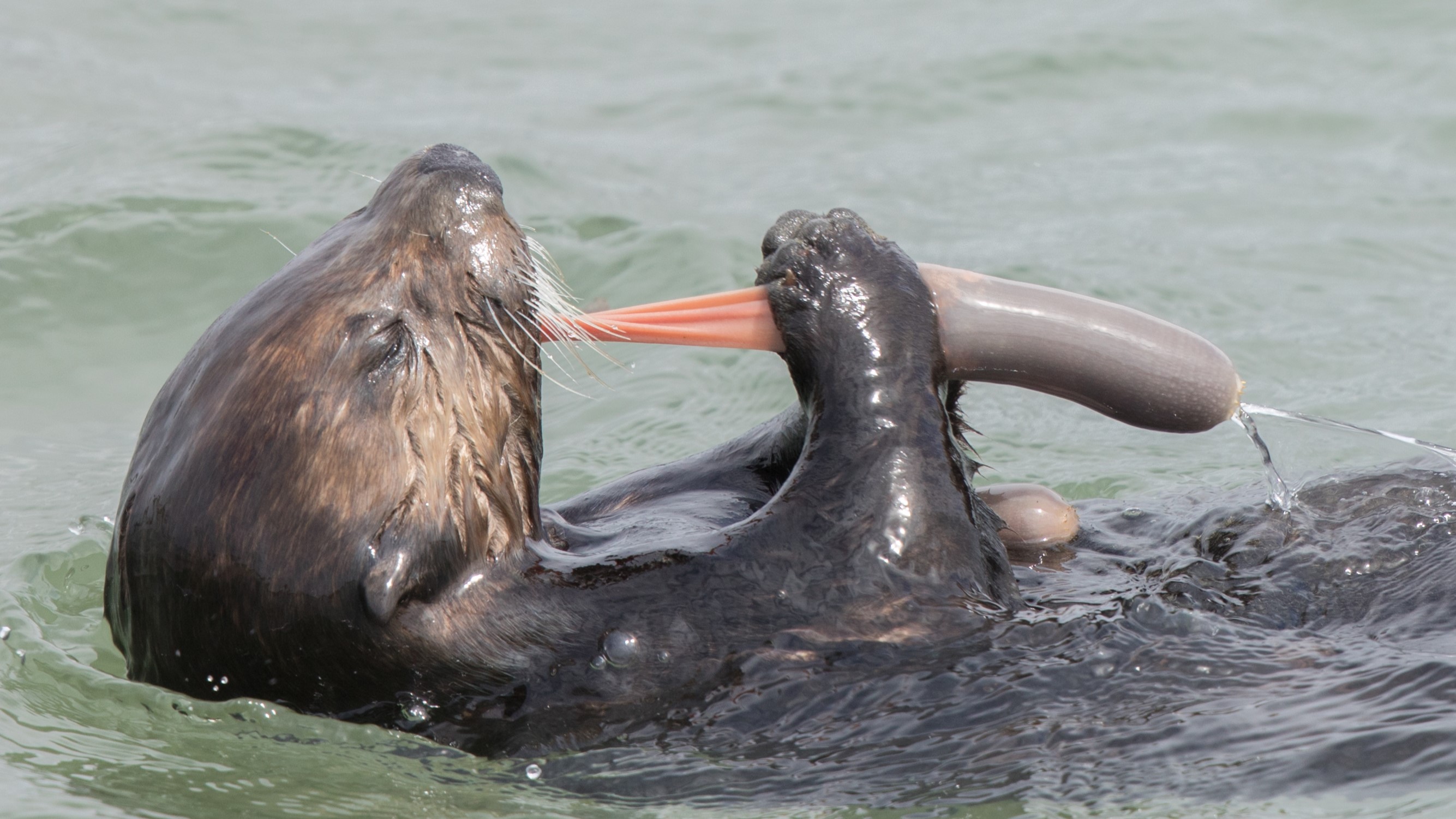10 phallic flora and fauna that look just like penises
Nature must think willies are funny, too.

Nature is filled with cylindrical life-forms, from worms to snakes to plant stems. An amusing consequence of this evolution is that there are plenty of organisms resembling the human penis. Some of these phallic species are branded with willy-related scientific names, while others have risen to internet stardom because of a single photo taken from just the right angle.
Here, we honor the most suggestive organisms and, in doing so, pay tribute to some of the funniest scientific reporting. From girthy worms to well-endowed palm trees, here are 10 things in nature that look like penises.
Penis worm
Bizarre 'sea penis' worm gets a rise out of social media https://t.co/U7N4ePmp9l pic.twitter.com/kQFewYKFTXFebruary 25, 2021
The appropriately named penis worms are a group of marine worms with a phallic appearance. Their scientific name, Priapulida, honors the well-endowed Greek god Priapus. The largest Priapulida species grow to around 16 inches (40 centimeters) long, according to a 2013 study published in Zoologischer Anzeiger - A Journal of Comparative Zoology.
Penis worms made a splash on social media in 2021 after Australian freediver Josie Jones photographed a particularly phallic-looking individual and shared the images with a marine research Facebook group, the New York Post reported.
Related: No, the Loch Ness Monster was not a whale's penis
Carnivorous penis plant
The Cambodian government requested that people stop picking carnivorous penis plants in 2022 after a video emerged of a group posing with the rare, phallus-shaped flora. The species snatched up in the video, Nepenthes bokorensis, is one of several plants in its genus with specialist leaves shaped like pitchers that also resemble genitalia from a certain angle.
The sweet-smelling Nepenthes species lure insect prey into their pitchers, where they drown in digestive fluids. The plants look most penis-like when the leaves are still developing and the pitcher part of the plant is yet to open.
Get the world’s most fascinating discoveries delivered straight to your inbox.
Stinkhorn fungus
Stinkhorn fungi (Phallus impudicus) produce a slimy, penis-shaped mushroom that smells like rotting flesh. The mushroom, which is the visible part of the fungus, emerges from an egg-shaped base and often grows near rotting wood and plants. When fully grown, this mushroom can be 10 inches (25 cm) tall.
The mushroom's powerful odor attracts invertebrates, which then spread the stinkhorn's spores. Despite smelling like decomposing flesh, rotting feces and sewage, the mushroom is edible and reportedly tastes like hazelnuts in its egg form, according to the University of Florida.
Huacrapona palm tree
Huacrapona palm trees (Iriartea deltoidea) grow stilt-like roots that can look more than a little lewd. Native to Central and South America, I. deltoidea mainly grows in wet, tropical environments, according to the Royal Botanic Gardens, Kew in the U.K. The amusing roots form a 3.3-to 6.6-foot-long (1 to 2 meters) cone around the tree to support the base of its trunk.
A 2007 study published in the journal Revista de Biología Tropical looked at stilt roots in walking palm trees (Socratea exorrhiza). The findings suggest that stilt roots enable the palms to rapidly increase their height and maintain stability without having to invest in increasing stem diameter, which means they can exploit light gaps in the canopy faster.
Granulated sea star
Plenty of sea stars have long, cylindrical appendages, but granulated sea stars (Choriaster granulatus) top the list. This stubby-armed marine species is native to the Indo-West Pacific, ranging from East Africa to Fiji.
These sea stars live on reefs at shallow depths down to just 16 inches below the surface and feed on coral polyps and other small invertebrates, according to SeaLifeBase, a Canadian online database of global marine life.
Fat innkeeper worm
Fat innkeeper worms (Urechis caupo) are non-segmented marine worms nicknamed "penis fish" for obvious reasons. They live in U-shaped sand burrows on the Pacific Coast and use their mucus like a net to prey on plankton, bacteria and other tiny organic material.
Thousands of these 10-inch penis fish washed up on a California beach in 2019, to much fanfare. A strong storm probably dislodged the worms from their burrows, leading to a mass stranding.
Proboscis monkey noses
Including specific animal appendages on this list is a slippery slope, but the noses of proboscis monkeys (Nasalis larvatus) deserve a special shout-out. Male proboscis monkeys have large, dangling noses for attracting mates, and those schnozes can look more than a little suggestive from the right angle. A 2018 study published in the journal Science Advances found that the size of a male's nose affects which vocalizations it can make, and individuals with larger noses attract more females.
Ladyfinger cactus
There are many cactuses with cylindrical appendages, but our pick for this list is the ladyfinger cactus (Mammillaria elongata). Members of this species grow clusters to form a tongue-twisting pack of prickly peckers.
Ladyfinger cactuses are native to Mexico and mainly grow in desert or dry shrubland environments, according to the Royal Botanic Gardens, Kew. They're also kept as houseplants and are easy to grow at home, according to Gardenersworld.com.
Penis snake
The Atretochoana, aka. Penis Snake Quirky fact: The species is the largest of the few known lungless tetrapodsPhoto by Matt Roper pic.twitter.com/8grASjUBsCOctober 4, 2019
Penis snakes (Atretochoana eiselti) aren't technically snakes, but they do look like penises. These large, legless amphibians of the caecilian group can grow up to 32 inches (81 cm) long. Researchers still have much to learn about this cryptic species from the Amazon, but penis snakes are believed to be aquatic and, lacking lungs, might breathe through the skin on their heads, Mongabay reported.
Peanut worm
This extremely phallic-looking peanut worm was pulled from the abyssal depths off eastern Australia in 2017 by scientists from Museums Victoria. The creature (species unknown) was found at a depth of 13,000 feet (4,000 m) and belongs to the genus Sipunculus. Peanut worms have a bulbous trunk and a mouth from which tentacles extend to grab food. When threatened, they can retract this section into their main body, giving them a peanut-like appearance.

Patrick Pester is the trending news writer at Live Science. His work has appeared on other science websites, such as BBC Science Focus and Scientific American. Patrick retrained as a journalist after spending his early career working in zoos and wildlife conservation. He was awarded the Master's Excellence Scholarship to study at Cardiff University where he completed a master's degree in international journalism. He also has a second master's degree in biodiversity, evolution and conservation in action from Middlesex University London. When he isn't writing news, Patrick investigates the sale of human remains.









